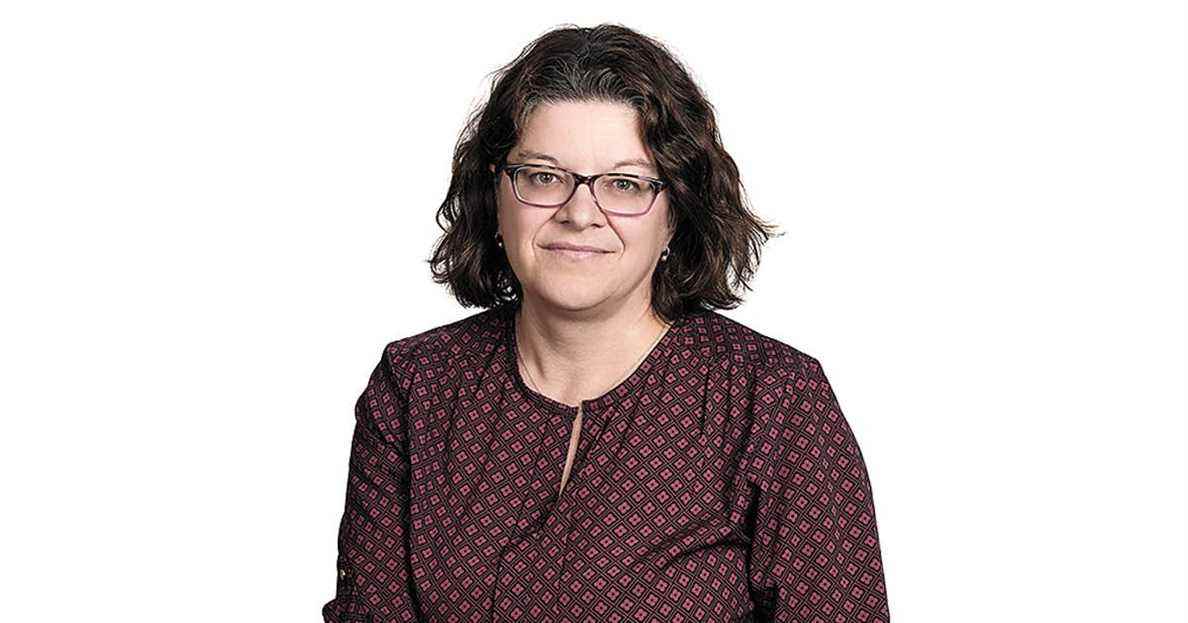We have the easy “historical” designation in the field of regulations with aboriginal communities, but that is not for nothing. In some areas, such as youth protection and child support services, the road of the First Nations has been marked by such suffering, the repercussions of which are still imprinted today in the daily lives of communities, that when advances are won by fierce struggle, it is no exaggeration to sound the bugle of historic understanding.
This is indeed the case with these agreements unveiled last week in Ottawa by the federal Minister of Crown-Indigenous Relations, Marc Miller. After a complex legal battle that began in 2007, the federal government agreed to pay the First Nations a sum of $ 40 billion, divided into two envelopes: $ 20 billion in compensation for past mistakes, and $ 20 billion to rebuild protection services. youth in indigenous communities. The reactions that welcomed this more than expected announcement are positive, but colored with caution, on the theme of “we will believe when we see”. Since 2007, indecent legal challenges have been added to this case, which easily explains a certain mistrust.
These huge sums reflect the extent of the damage. Thus, $ 40,000 will be given to children, and their parents or guardians, who were placed in a foster family far from their community when they were young, from 1991 until our days. It is estimated that hundreds of thousands of people would be affected by this agreement, the precise terms of which will not be known until the end of next March.
The agreements follow judgments that demonstrated the discrimination that First Nations children suffered by not having access to the same services and care as other Canadian children, which flouts Jordan’s principle. Jordan River Anderson, a little boy from a Cree Nation in Manitoba who was born with an illness requiring special medical attention, died in 2005, in hospital, not at home, in his community. He was five years old. For two years, the federal and provincial governments both refused to take financial responsibility for his home medical care. The germ of the agreements that blossomed last week contains the memory of this little boy. It all started with him.
Since the work carried out by the Truth and Reconciliation Commission, the Viens Commission (in Quebec, on relations between Indigenous peoples and certain public services) and the Laurent Commission (in Quebec, on children’s rights and the protection of youth), no one can now ignore the devastation caused by the strategies of severing ties between families and Indigenous children put in place by our governments over the decades. With great detail and testimonies, these commissions, each in their own way, brought to light the tragic story of deconstructed families, shattered childhoods. The devastating effects of these disruptions continue to haunt Indigenous communities, whose overrepresentation in child protection services makes people shudder. In Quebec, the prevalence of reporting to the DYP is six times higher among Aboriginal children than among others.
The second part of the agreement also offers significant financial support to rebuild the child protection system, by and for the communities. Ottawa now has legal leverage to facilitate this resumption of control by the First Nations, with the adoption in 2019 of Bill C-92, which gives Indigenous peoples who so wish the opportunity to adopt a protection policy. their own youth. Quebec is however contesting the constitutionality of such a law, which would encroach on its areas of jurisdiction.
With a brand new bill (15) modernizing the Youth Protection Act (YPA), Quebec has the perfect opportunity to show Indigenous leaders that they will not pay the price for another legal dispute, whereas concrete actions on the ground are necessary. The PL15 of Minister Delegate Lionel Carmant plans to put the child back at the heart of concerns and “recognizes that Aboriginals are best placed to meet the needs of their children in the most appropriate way”.
The Viens commission concluded that some of the principles of the YPA had discriminatory effects on Aboriginals, for example because of very different conceptions of “parental” support provided by the wider community in times of need. Focusing on communities taking responsibility for child protection would achieve a laudable goal: building the future without reproducing the mistakes of the past.
